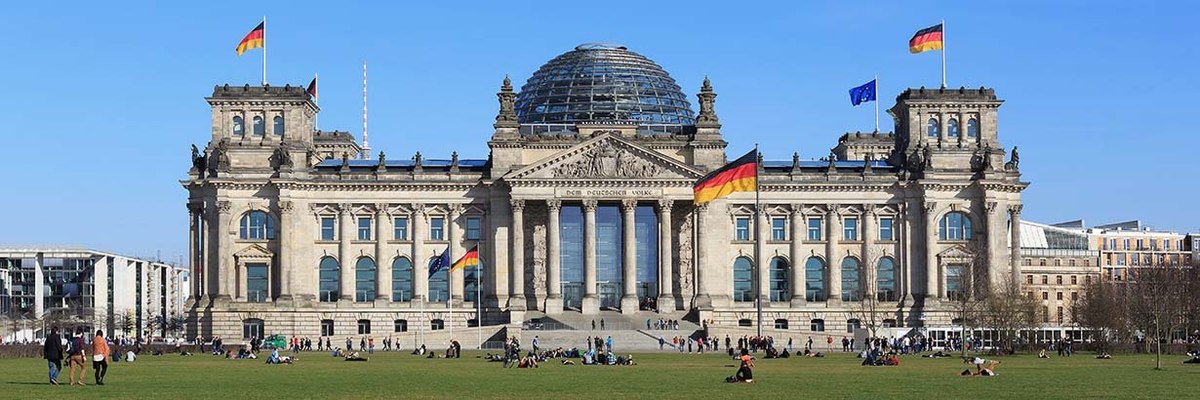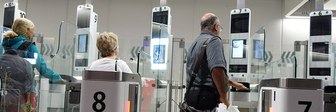An early analysis of how YouGov's vote and seat projections fared in showing the reality of the 2025 German federal election
Our voting intention polling versus the election results
We were the most accurate pollster in the 2025 election. Our final call poll had each party as follows – CDU/CSU 29%, AfD 20%, SPD 16%, Greens 13%, The Left 8%, BSW 5%, FDP 4% and others 5%. With all the votes counted, the official preliminary results (to which no major changes are expected) show our final vote intention poll successfully measured all parties to within one percentage point (except the Greens at 1.4 points).
Our MRP projections versus the election results
YouGov’s final MRP model called 91% of constituencies correctly. Our final central seat estimate showed CDU/CSU 220 seats, AfD 145 seats, SPD 115 seats, Greens 94 seats, The Left 55 seats, others 1 seat, BSW 0 seats and FDP 0 seats. The official projected seat distribution in the new Bundestag is CDU/CSU 208 seats, AfD 151 seats, SPD 121 seats, Greens 85 seats, The Left 64 seats and others 1 seat.
In terms of wider narratives within the election campaign, our modelling also picked up the reality of the great swathes of seats won by the AfD in East Germany, as well as correctly projecting that the Union would make significant gains in former West Germany.
Our MRP also spotted other key aspects of the race. It picked up the late rise of The Left, including getting right their highly symbolic gains of Erfurt – Weimar – Weimarer Land II from the SPD and Leipzig II from The Left. Additionally, the model was also very good at predicting where the SPD would hold on against their opponents from across the political spectrum, correctly predicting constituency holds.
Why our results are so accurate
As is the case in many places across the world, the electorate has shifted notably over the last decade. All of this made political modelling for the 2025 election difficult and makes our sum squared error rate of just 3.8 on the voting intention and 91% success rate with the MRP all the more pleasing.
Three factors make a notable difference in YouGov delivering accurate results. The first is the quality of our data. Because we own our own panel, we have a unique relationship with the people taking our surveys and instant access to the views and opinions of hundreds of thousands of Germans. As a result, YouGov has a deep understanding of who they are, which helps us build and execute models at scale which are truly market leading and help us become the most accurate when it comes to both voting intention polling and MRP modelling.
The second is the quality of our expertise. YouGov’s experts in polling and analytics worked hand-in-hand with experienced colleagues from our panel and data teams to deliver the most accurate results of any pollster in the 2025 election.
The third is the quality of our innovation. Our ground-breaking MRP relies not only on our gold standard data and in-house expertise but also on our use of advanced technology and computing solutions that allows us to put these advantages to full use.
YouGov has been using MRP modelling for almost a decade. Subsequently, we have built up both a track record of success and – crucially – an approach based on a combination of the latest technology and considerable experience. As elections and electorates have evolved, we have updated and improved our MRP models to keep up with them – a crucial component in our continuing ability to get it right.
Of course, as a data and analytics business we constantly look for ways to improve our methods and we will be doing a thorough review of any areas where we can take learnings from for next time to make our MRP even more accurate and how we can apply our success into other areas of YouGov’s work.
As always, we will work with our panel, engaging them to ensure they continue to share the breadth and diversity of their thoughts, behaviours and opinions so that the people sharing their data with us keep on representing the complex nature of the public.









